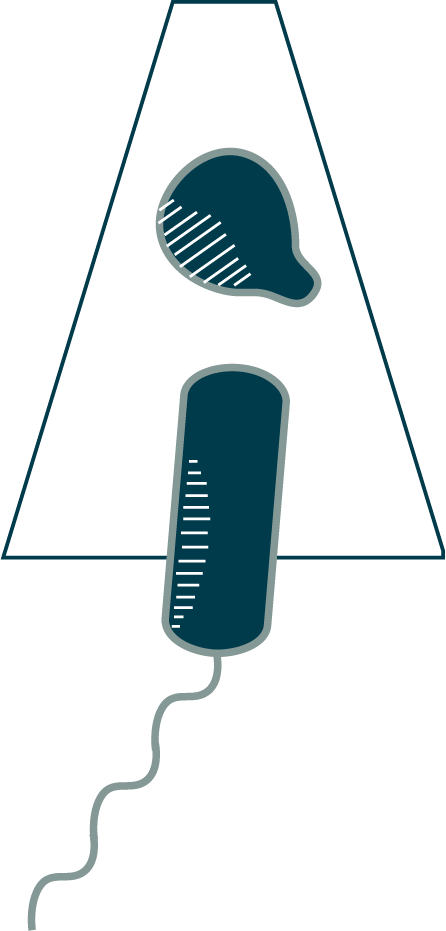

Nearly all bacteria, and many archaea, use FtsZ to divide. Other species of archaea, belonging to the Crenarchaeota phylum, use a different cytoskeletal system called Cdv (for Cell division). Cdv proteins are homologous to proteins of the Endosomal Sorting Complexes Required for Transport (ESCRT). ESCRT proteins were discovered in eukaryotes, where they are involved in many processes that involve cinching off membranes, from the final stage of cell division to virus budding to endocytosis (hence the name), by which cells engulf things from the environment. Again, despite its fundamental importance, we still do not know exactly how the Cdv machinery works to constrict membranes. In archaeal cells like this Sulfolobus acidocaldarius, Cdv proteins form a belt of parallel filaments around the middle of the cell, defining the division plane. The belt consists of a single closely-packed layer of filaments and lies directly next to the membrane. Notice that the rigid surface layer is dismantled outside the belt, presumably so that the membrane can be pulled inward.